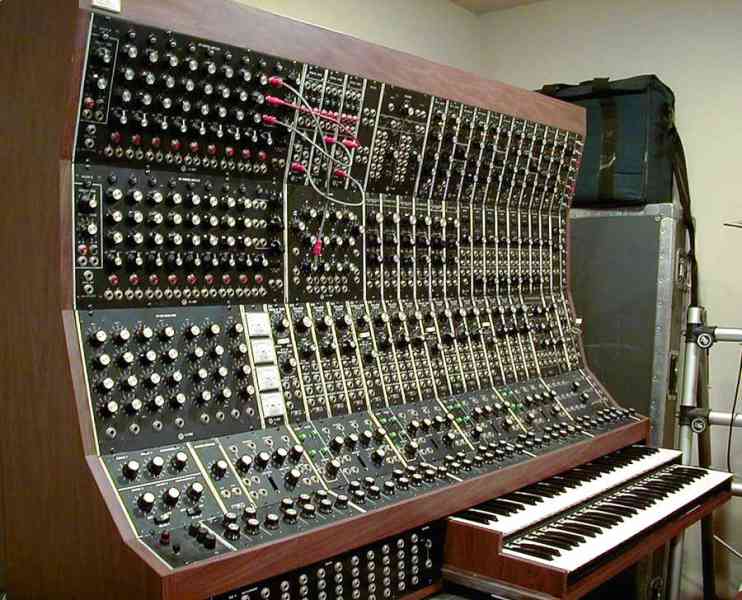I recently saw a post about speaker failure, and it hinted that distortion or clipping will cause speaker failure, even if considerably under the power rating of the speaker. I do know that some waveforms have higher power content due to higher crest factors and different shapes; some consider clipping bad because it starts to flatten out like a square wave, or even turn to DC (impossible).
My response was something like, "The power rating of a speaker is its thermal capacity. The speaker will not blow if operated within its thermal capacity and mechanical limits, regardless of waveform."
As far as I know, speakers can only be blown two ways: too much heat (average power), or mechanical failure (peak power).
Thoughts?
My response was something like, "The power rating of a speaker is its thermal capacity. The speaker will not blow if operated within its thermal capacity and mechanical limits, regardless of waveform."
As far as I know, speakers can only be blown two ways: too much heat (average power), or mechanical failure (peak power).
Thoughts?

